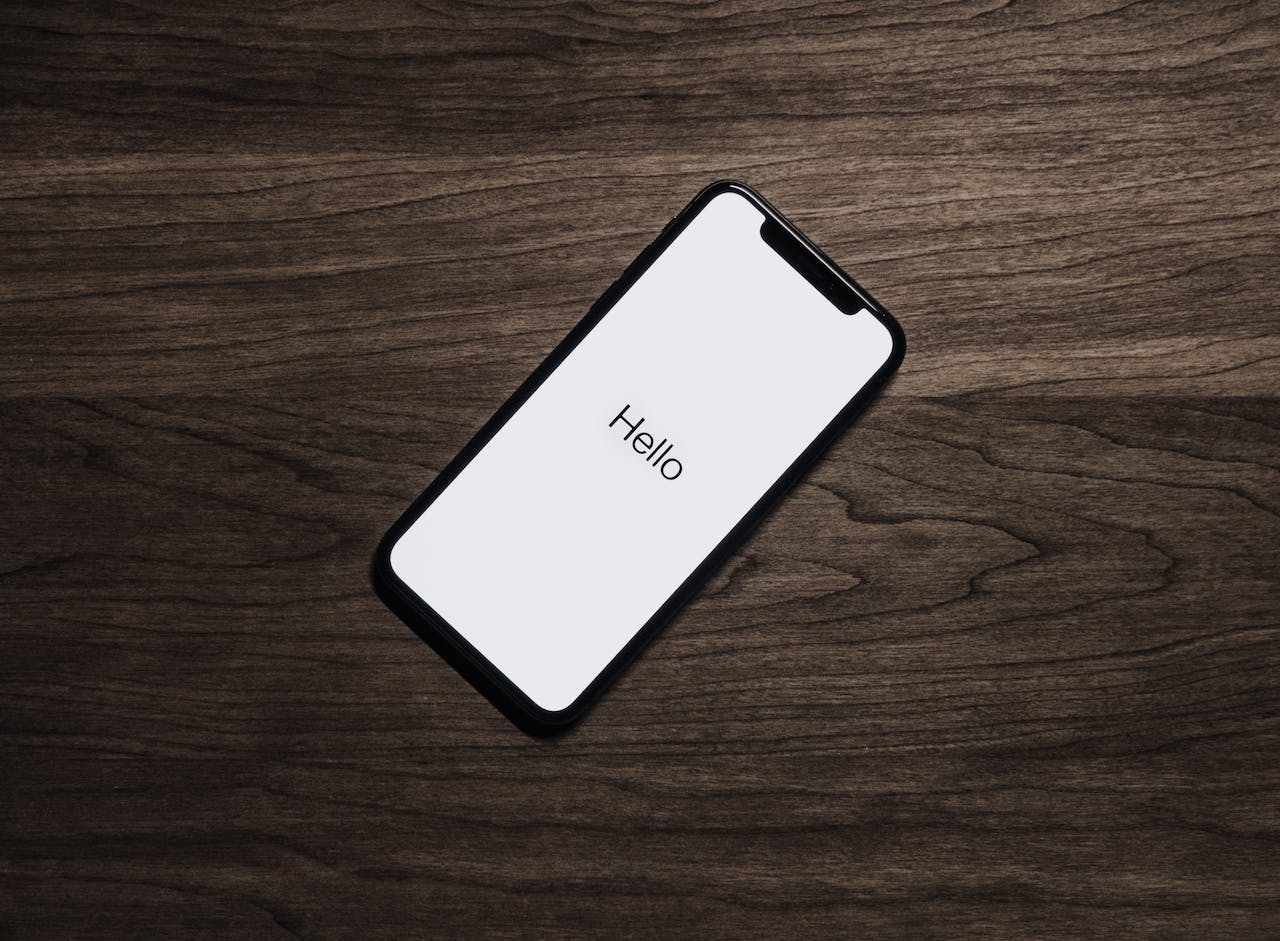In the competitive sphere of digital marketing, mobile app developers are continually seeking innovative ways to attract and retain users. One effective emerging strategy is leveraging white-label PPC (Pay-Per-Click) services. These services offer a robust platform for businesses to enhance their app’s visibility and growth, particularly within the specific landscapes of the U.S. and Canada markets. This article delves into the strategic nuances of white-label PPC, guiding mobile app marketers through the process of creating impactful campaigns tailored for North American audiences.
Understanding the White Label PPC Landscape
The Ecosystem of PPC
Pay-Per-Click advertising is a cornerstone of online marketing where advertisers pay a fee each time one of their ads is clicked. In the mobile app domain, PPC can drive downloads and engagement by placing an app in front of potential users at the right time and place.
White Label Services vs. In-House PPC Management
White label PPC providers offer a blank canvas to agencies and businesses, allowing them to rebrand and resell PPC services as their own. This contrasts with in-house PPC management, where the business runs campaigns using its own resources and branding.
Benefits of White Label PPC for Mobile Apps
White label PPC affords businesses the advantage of expert campaign management without the overhead of developing that expertise in-house. It also offers scalability, flexibility, and the ability to focus on core business competencies while outsourcing advertising to specialists.
Strategies for White Label PPC Success in the U.S. and Canada
Market Research for Effective Targeting
Understanding the audience demographics, behaviors, and preferences is paramount. In-depth market research can help tailor PPC campaigns to resonate with U.S. and Canadian audiences.
Localized Keyword Strategies
Keywords should reflect local dialects, slang, and regional search trends. It’s crucial to localize keywords and phrases to align with how people in different areas search for mobile apps.
Cultural Considerations in Ad Copy and Design
Ad copy and visuals must consider cultural nuances to avoid misinterpretation and ensure relevance. This includes using imagery and language that reflects local customs and values.
Seasonal and Regional Trends Affecting PPC
Seasonal events, holidays, and even weather patterns can influence user behavior. Adapting PPC campaigns to these fluctuations can significantly improve their effectiveness.
Setting Up Your White Label PPC Campaign
Selecting a White Label PPC Provider
Choosing the right provider involves evaluating their expertise, technology, support, and alignment with your app’s market goals. Look for providers with a track record of success in mobile app promotions.
Defining Campaign Goals and KPIs
Clear objectives such as app downloads, user engagement, or in-app purchases should guide the PPC campaign. Key Performance Indicators (KPIs) must be established to measure progress toward these goals.
Budget Allocation and Bid Management
Effective budgeting and bid strategies ensure that you are investing wisely and maximizing the potential return on every dollar spent. This includes setting appropriate bids for keywords and adjusting bids based on performance.
Ad Format Selection for Mobile Apps
Different ad formats, from text to video, offer various benefits. The selection should be based on the app’s target audience and the nature of the app itself.
ALSO READ: Mobile Websites Versus Mobile Apps
Optimizing Your Campaign for Maximum Impact
A/B Testing for Ad Copy and Landing Pages
Regularly testing different versions of ad copy and landing pages can uncover the most effective combinations and drive higher conversions.
Conversion Rate Optimization (CRO) Techniques
Implement CRO techniques to turn clicks into app downloads. This includes optimizing the user journey from ad click to app store listing.
Mobile User Experience (UX) Best Practices
Ensuring that the mobile UX is seamless and engaging encourages users to stay and interact with your app, positively impacting campaign performance.
Utilizing Analytics for Ongoing Optimization
Analytics provide insights into user behavior and campaign performance, informing ongoing adjustments to maximize efficacy and ROI.
Measuring Success: Analytics and Reporting
Key Metrics to Track in White Label PPC
Metrics such as click-through rate (CTR), cost per download, and user retention rate are critical in evaluating the success of PPC campaigns.
Custom Reporting for Insights and Adjustments
Custom reports help understand the specific performance aspects of PPC campaigns, allowing for data-driven decisions.
Understanding the Data: From Downloads to User Engagement
Interpreting analytics goes beyond surface-level metrics to understand the deeper implications of data on user behavior and app growth.
Case Studies: White Label PPC in Action
Success Stories of Mobile Apps in the U.S. and Canada
Real-world examples of apps that have seen growth through white label PPC campaigns can provide inspiration and actionable insights.
Lessons Learned from Failed Campaigns
Sometimes more can be learned from failure than success. Analyzing what didn’t work is invaluable for refining future strategies.
The Future of Mobile App Promotion with White Label PPC
Emerging Trends in PPC and Mobile Marketing
Staying abreast of emerging trends, such as voice search optimization and AI-driven automation, can keep your PPC campaigns ahead of the curve.
Predictions for the U.S. and Canada Markets
Anticipating market shifts and user preferences can position your app to take advantage of new opportunities as they arise.
How to Stay Competitive with Evolving PPC Strategies
Adaptability is key in a dynamic landscape. Continuous learning and evolution of PPC strategies are essential to stay competitive.
Conclusion
White-label PPC offers a dynamic and effective pathway for mobile app growth in the U.S. and Canada. By understanding the unique aspects of these markets and continuously optimizing campaigns, businesses can achieve and sustain success.




